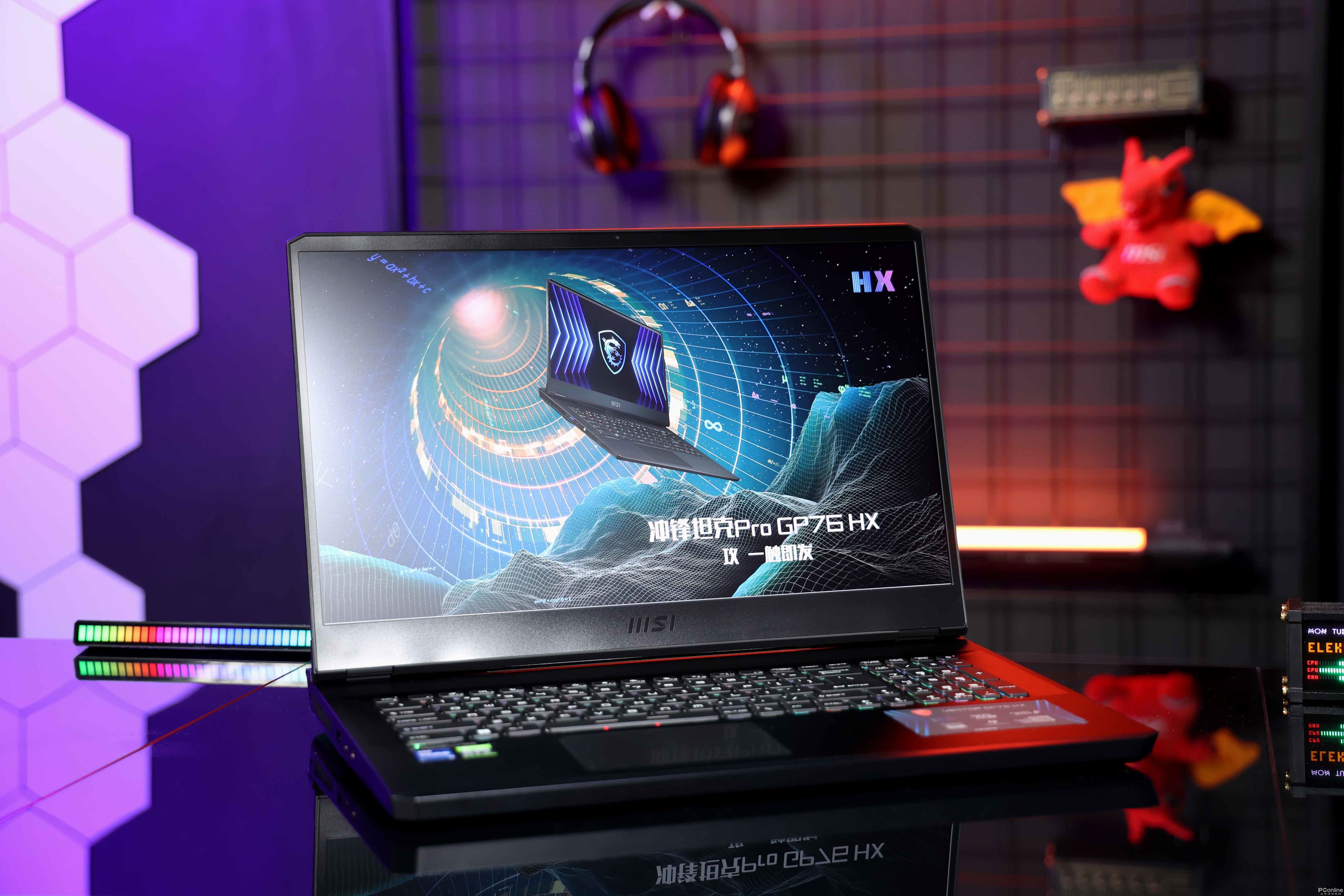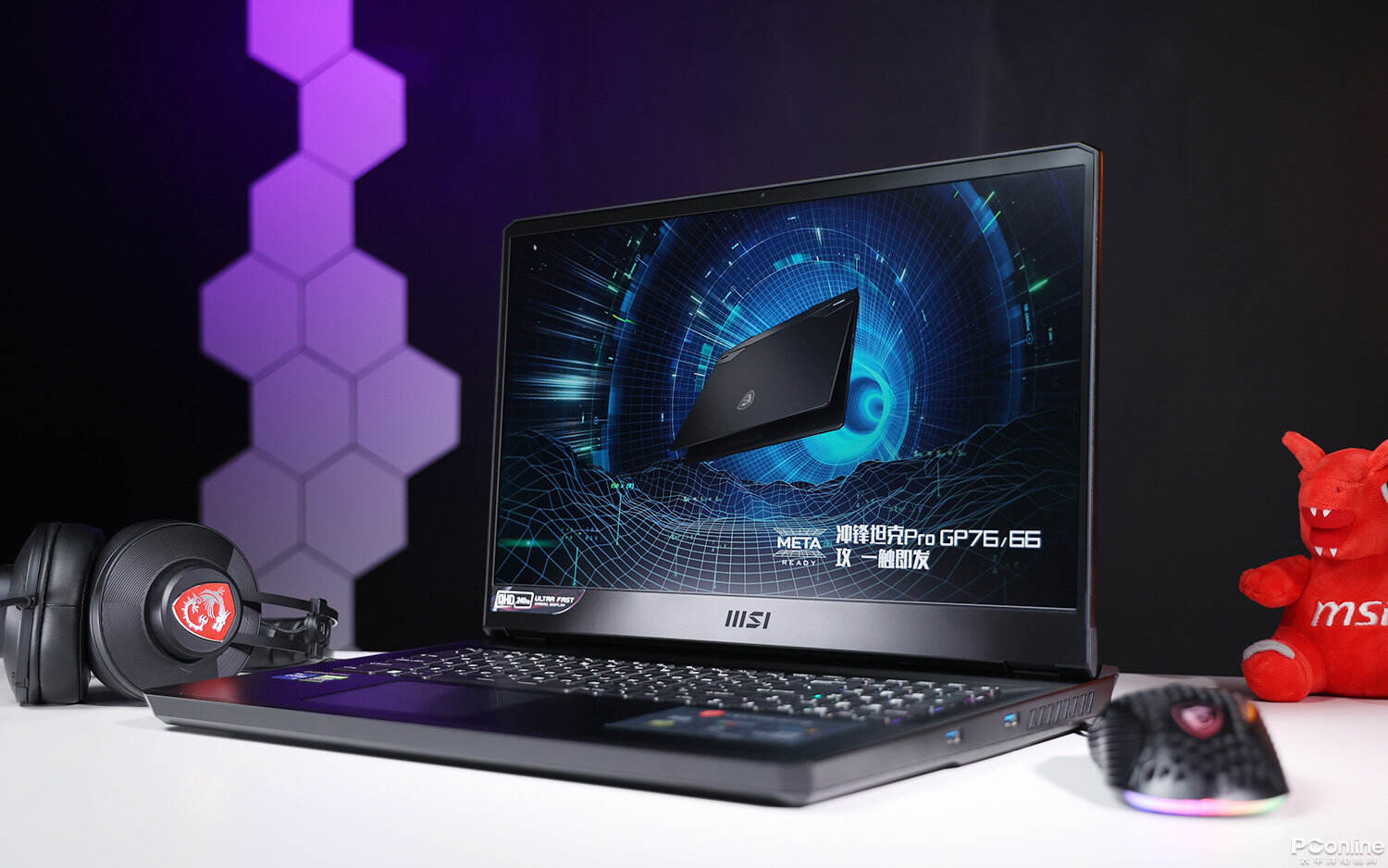A gaming laptop equipped with an NVIDIA RTX graphics card brings desktop-class gaming performance to a portable form factor, allowing gamers to enjoy high-quality visuals and smooth gameplay on the go. These laptops feature mobile versions of NVIDIA's RTX GPUs, such as the RTX 4070 Mobile or RTX 4060 Mobile, which leverage the Ada Lovelace architecture for enhanced ray tracing performance and AI-driven features like DLSS 3.0. The mobile RTX cards are optimized for power efficiency using technologies like Max-Q Design, which balances performance, power consumption, and heat output to fit within the thermal and power constraints of a laptop chassis. Key components of a gaming laptop with RTX graphics include a high-performance CPU, typically an Intel Core i7 or i9 H-series processor (e.g., i7-13700H) or an AMD Ryzen 9 7000-series processor (e.g., Ryzen 9 7940H), which provides the necessary processing power to feed the GPU with data and handle multi-threaded tasks like streaming and background applications. The display is a critical component, with most models offering high-refresh-rate panels (144Hz, 240Hz, or even 360Hz) to take full advantage of the GPU's frame rates, along with support for adaptive sync technologies like NVIDIA G-SYNC to reduce screen tearing. Resolution options range from 1080p for high-frame-rate gaming to 1440p or 4K for more immersive visuals, though 4K displays can be more demanding on the GPU and may require lower graphics settings to maintain playable frame rates. Memory and storage in gaming laptops with RTX graphics are also designed for performance, with 16GB or 32GB of DDR5 RAM being standard to handle the memory demands of modern games and multitasking, and fast NVMe SSDs (512GB to 2TB) for quick game loading and system responsiveness. Cooling is a significant challenge in gaming laptops due to their compact size, so manufacturers employ advanced thermal solutions like vapor chambers, multiple heat pipes, and high-speed fans to dissipate heat from the CPU and GPU. Some models offer performance modes, allowing users to switch between quieter operation for light tasks and aggressive cooling for gaming sessions, though this can result in higher fan noise during peak loads. Portability is a trade-off in gaming laptops, with most models weighing between 4 and 6 pounds (1.8 to 2.7 kg) and featuring thicker chassis compared to ultrabooks. Battery life is another consideration, as the high-power components can drain the battery quickly during gaming; however, many models offer hybrid power modes that switch to the integrated graphics for longer battery life during non-gaming tasks. Connectivity features are essential for gaming, including Wi-Fi 6E for low-latency wireless networking, Ethernet ports for wired connections, and Thunderbolt 4 or USB-C ports for external display support and fast data transfer. Gaming laptops with RTX graphics are ideal for gamers who prioritize mobility without compromising on performance, whether they're traveling, studying, or simply prefer a single device for both work and play. They offer the ability to run the latest AAA titles at 1080p or 1440p with high settings and ray tracing enabled, thanks to DLSS technology that boosts frame rates by upscaling lower-resolution images. While they may not match the raw power of high-end desktop PCs, gaming laptops with RTX graphics represent a significant advancement in portable gaming technology, providing a balance of performance, portability, and versatility that caters to a wide range of gamers.


